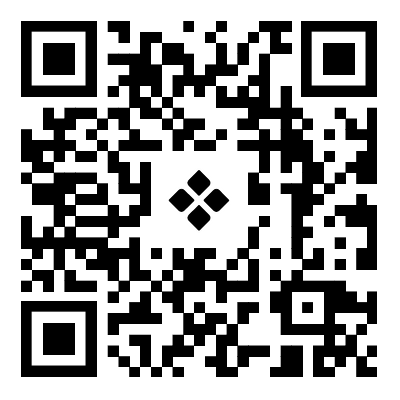LED Segment Display: The Versatile Digital Readout Technology
2025-03-28
LED segment displays are a fundamental component in electronic devices requiring numeric or alphanumeric output, from household appliances to industrial equipment. These displays use individual light-emitting diodes (LEDs) arranged in segmented patterns to form characters, offering superior visibility and energy efficiency compared to older technologies like VFD or LCD.
Types of LED Segment Displays
1. 7-Segment Displays
- Displays digits 0-9
- Common anode/cathode configurations
- 0.5" to 4" digit heights
2. 14-Segment Displays
- Shows full alphanumeric characters (A-Z, 0-9)
- Used in airport displays, test equipment
3. 16-Segment Displays
- Enhanced character resolution
- Supports basic symbols and letters
4. Dot Matrix Variants
- 5x7 or 8x8 LED grids
- Programmable custom characters
Key Specifications
| Parameter | Typical Range |
|---------------------|--------------------------------|
| Forward Voltage | 1.8V (red) - 3.6V (blue/white) |
| Current per Segment | 5-20mA |
| Viewing Angle | 120-160 degrees |
| Luminance | 500-10,000 cd/m² |
Advantages Over Alternative Technologies
1. Visibility
- 1000:1 contrast ratio in sunlight
- No backlight required
2. Durability
- 50,000-100,000 hour lifespan
- Operates from -40°C to +85°C
3. Response Speed
- <100ns switching time
- No ghosting effects
Design Considerations
1. Drive Methods
- Multiplexing (for multi-digit displays)
- Constant current drivers (74HC595 shift registers)
2. Color Options
- Red (635nm): Most efficient
- Blue/White: Premium applications
- RGB: Programmable color output
3. Mounting Styles
- Through-hole (0.1" pitch)
- Surface mount (SMD-3528 common)
Common Applications
- Consumer Electronics
- Microwave ovens, washing machine controls
- Industrial
- Process control readouts, test equipment
- Commercial
- Digital clocks, point-of-sale systems
- Automotive
- Dashboard displays, HVAC controls
Interface Standards
- BCD-to-7-segment decoders (CD4511)
- I²C/SPI backpack modules
- Custom ASIC controllers
Modern advancements include:
- Chip-on-board (COB) designs for slimmer profiles
- Sunlight-readable high-brightness variants
- Flexible segment displays for curved surfaces
When designing with segment displays:
1. Always include current-limiting resistors
2. Consider viewing distance when selecting digit size
3. Use PWM dimming for brightness control
From simple digital clocks to complex instrumentation, LED segment displays continue to thrive due to their unbeatable combination of reliability, efficiency, and cost-effectiveness. Their instant-on capability and wide operating temperature range make them ideal for applications where other display technologies would fail.
Proper implementation requires balancing electrical characteristics with human factors engineering—ensuring legibility while maximizing energy efficiency. As LED technology advances, these displays evolve with higher densities and smarter control interfaces while maintaining their fundamental simplicity.


